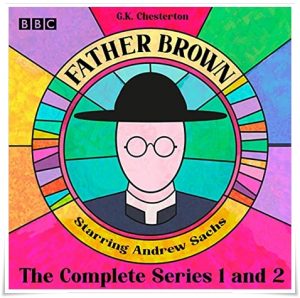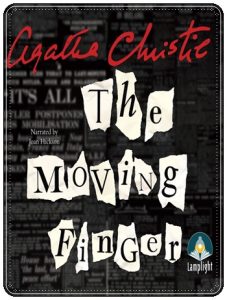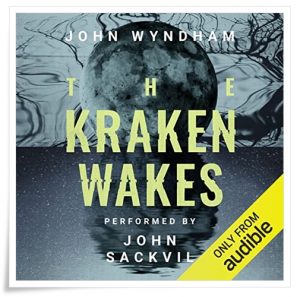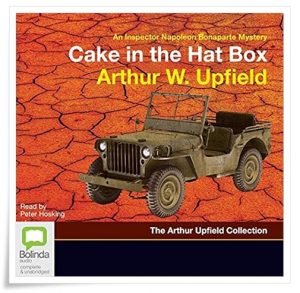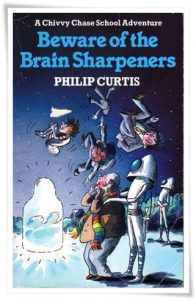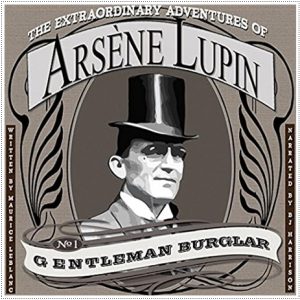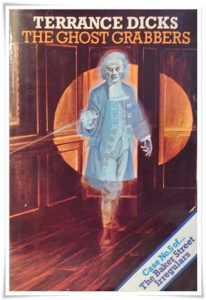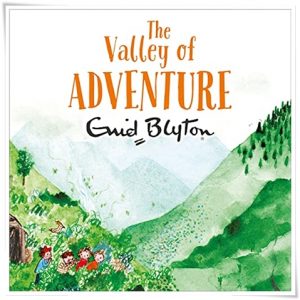Sunday’s Fun Day, Charlie Brown
by Charles M. Schulz (Titan Comics, 2021)
[Reproducing the same title published by Holt, Rinehart and Winston, 1968]
A small-scale paperback volume collecting Sunday strips (approximately 59% of those published) from 1962-1965. The winnowing results in a strong mix, but Titan Comics have opted for black-and-white facsimiles instead of the colour reproductions that would make this anything but an also-ran.

![Book cover: “Sunday’s Fun Day, Charlie Brown” by Charles M. Schulz (Titan Comics, 2021) [Reproducing the same title published by Holt, Rinehart and Winston, 1968]](https://www.derelictspacesheep.com/wp-content/uploads/2024/07/Schulz_Sundays-Fun-Day-Charlie-Brown-198x300.jpg)
